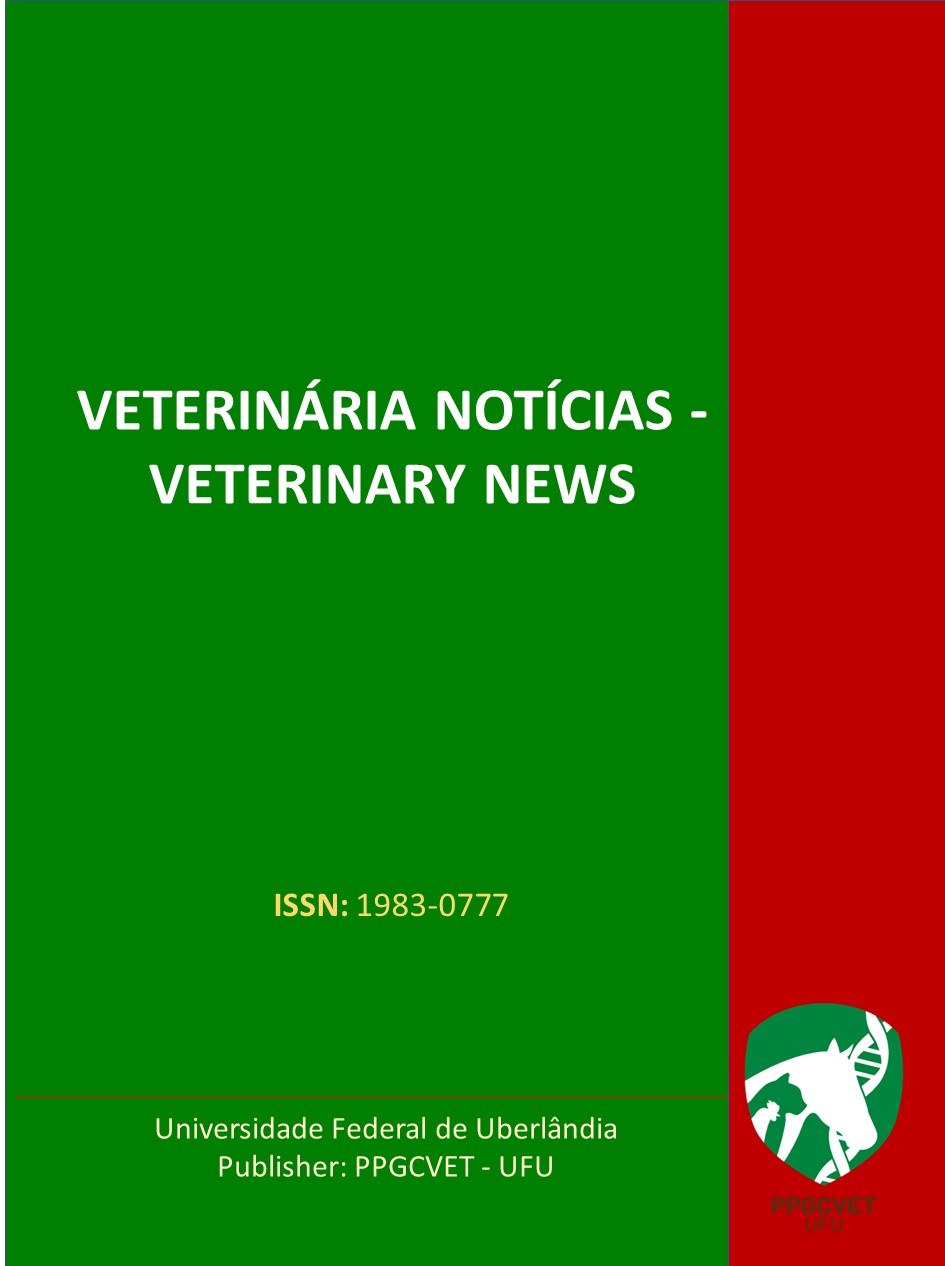ISOLATION AND AMPLIFICATION OF Anaplasma marginale IN CHICKEN EMBRYO FIBROBLAST CELL CULTURE
DOI:
https://doi.org/10.14393/VTN-v28n1-2022-66329Abstract
Anaplasma marginale is an important agent for animal livestock, its presence in herds of cattle, sheep and goats leads to losses for Brazilian agribusiness. The present study aimed to describe an isolation technique for A. marginale, using chicken embryo fibroblast (CEF) cell culture. For this, blood and tick samples were collected from 5 calves, between 2 and 3 months of age, which due to anemia, jaundiced mucous membranes and prostration, were considered supposedly infected with A.marginale. For the diagnosis, DNA extraction and PCR was performed from the blood and tick samples collected. All the tick and blood samples were positive in the PCR test. Additionally, ticks were crushed with the aid of a blender for inoculation in CEF cell culture. After inoculation, the cultures were kept at 37ºC and 5% CO2 for 15 days. The cell supernatant of cell cultures were again analyzed by PCR and by the technique Wrighte stain to confirm A. marginale isolation. Cell cultures were positive in PCR and the presence of the agent was demonstrated by Wrighte stain. Therefore, using CEF cell culture was possible to isolate and amplify the A. marginale in a concentration of 1.3 x 107.2 bodies per ml. The CEF cells are undemanding, easy to maintain and they are an option for isolation and production of A. marginale in the laboratory condition.

